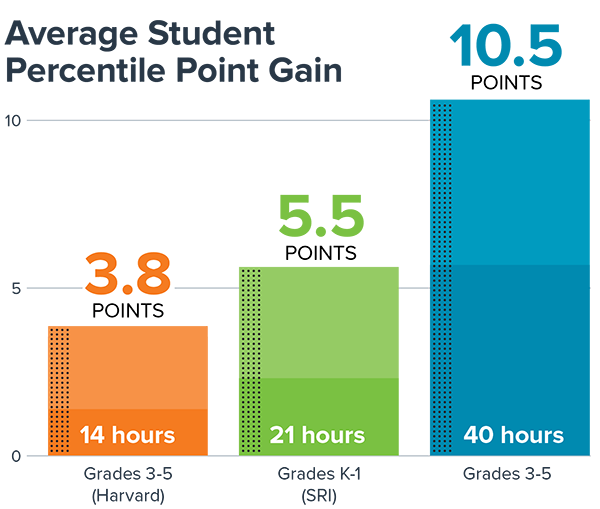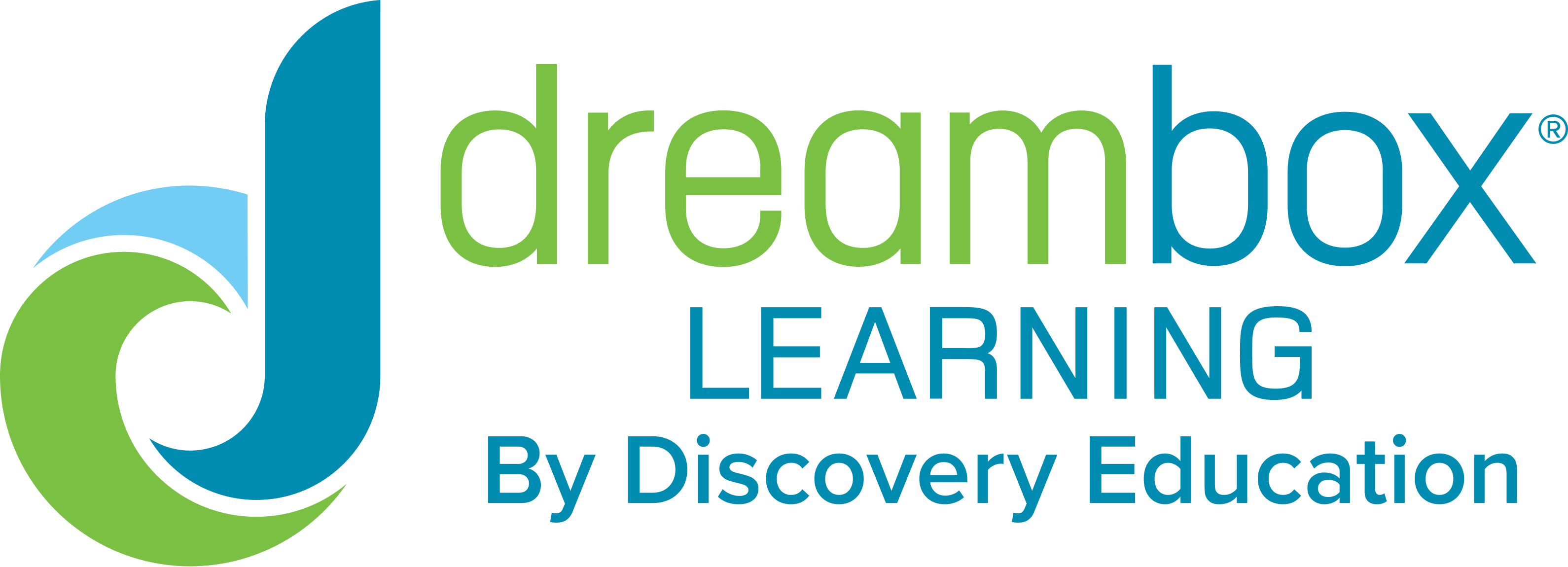DreamBox provides targeted support for all students. Below are three ways you can differentiate instruction in your math classrooms.
1. Special education/IEP
Targeted support is used by educators to ensure that students can fully participate in their learning environment. Educators record these supports in an individualized education plan (IEP), created to ensure students with identified disabilities receive specialized instruction. Key to an IEP is a measurable goal(s) that provides educators and students with the desired outcome based on student needs. The DreamBox classroom and grade-level reports give educators insight into what each student is currently working on. These reports help educators create individual student goals and monitor student progress toward specific IEP goals. Educators can use these reports to identify students' proficiency and readiness for learning to create focused assignments that align with each learner’s proficiency.
2. Support English language learner success in mathematics with DreamBox
English language learners (ELLs) have unique challenges and opportunities when it comes to learning math. DreamBox is a nonlanguage-based solution that is visual and accessible to students at any level of English proficiency. Teachers can meet their ELL students' needs and help them achieve math proficiency with the support of an adaptive math program. The program monitors progress and uses relevant, up-to-date insights and data to personalize learning. Below are some tips on how to use DreamBox to support ELL students in the classroom:
- Ensure that students have devices with audio capability and that they use it when playing. DreamBox audio and visual support improves the ability to connect math terms with concepts to help students communicate mathematical thinking.
- Discover the closed captions feature available in the student environment.
- 100% of DreamBox Math lessons are available in English and Spanish. Teachers and administrators can easily use the Insight Dashboard to update the language setting.
To learn more about increasing elementary math proficiency for ELLs with DreamBox and discover how a South Los Angeles school has helped ELL students succeed in math, check out these resources.
3. Intervention
Effective use of DreamBox Learning as an intervention tool has proven to increase student growth. Teachers can make assignments based on student needs.
The actionable data from these assignments allows teachers to make informed and effective decisions for individual and small group intervention. The data allows teachers to identify, monitor and predict whether students are on track to meet their individual goals. Additionally, the real-time data helps teachers drive instruction for individual and small group intervention to make the most effective and empowering decisions to maximize student growth. Accessing, monitoring and using the data to drive intervention is the key to success. Third-party research shows that using DreamBox Learning correlates with math achievement. Use these four principles as a guideline to develop a successful intervention in your school/district.

A study from the Center for Education Policy Research at Harvard University demonstrates that students using DreamBox Learning Math for 14 hours can increase achievement by 4 percentile points.

DreamBox Client Experience Team










